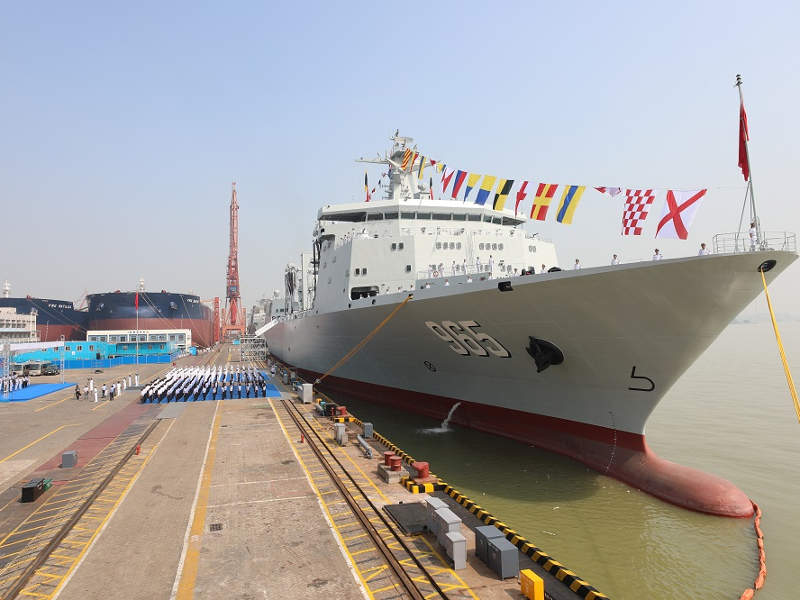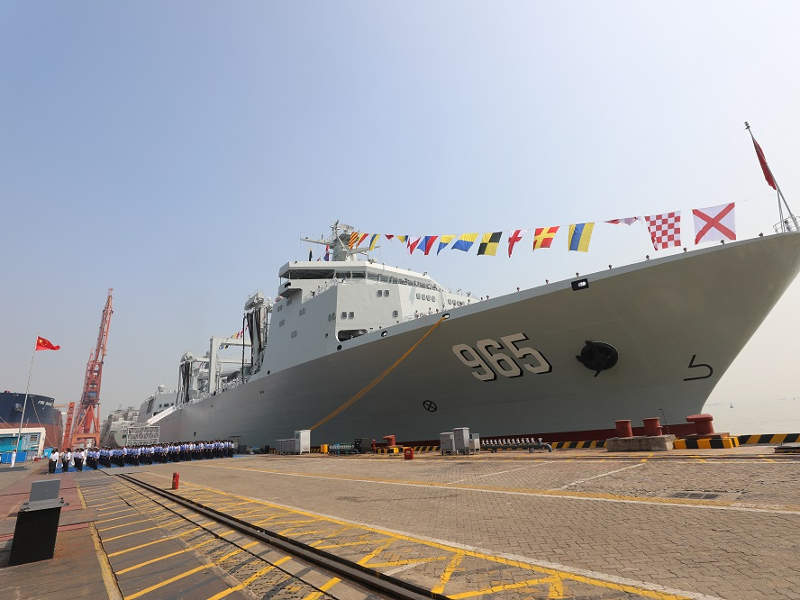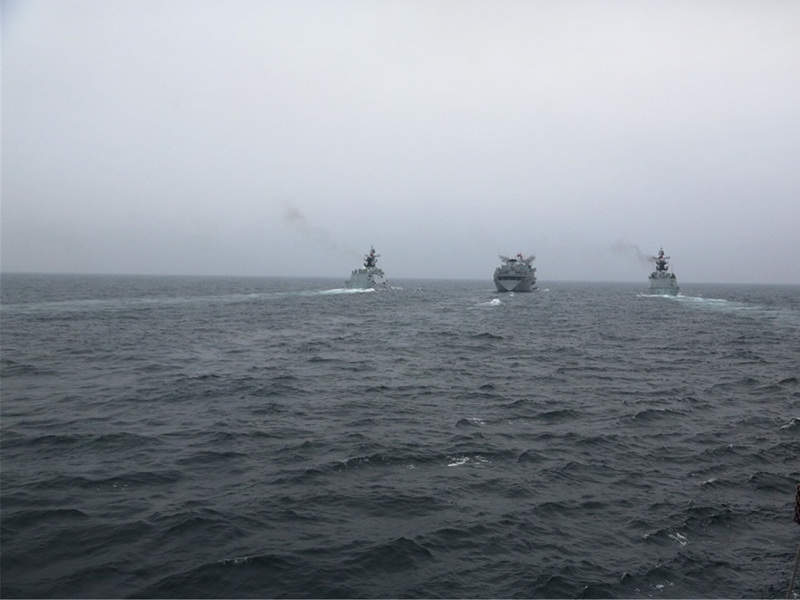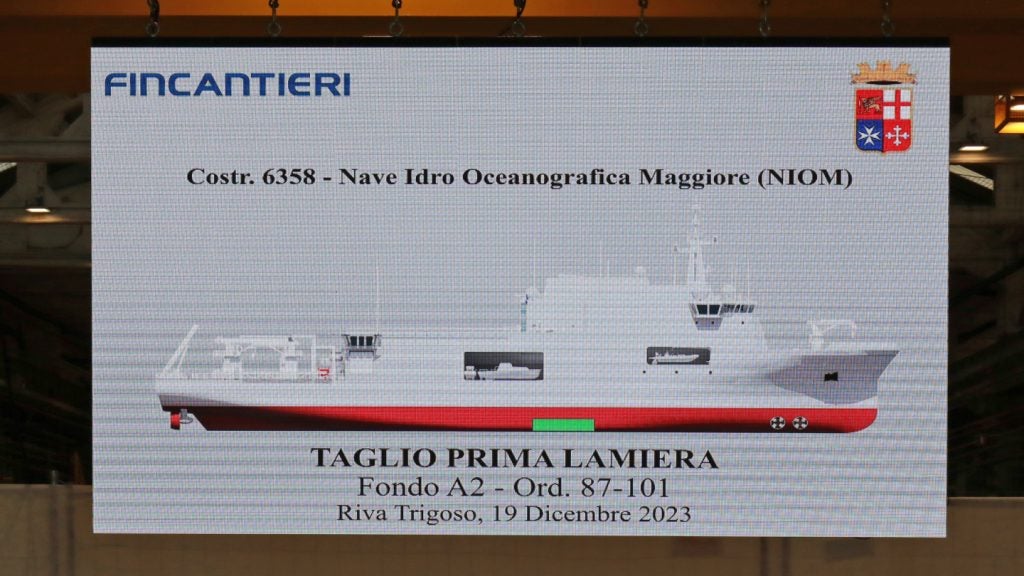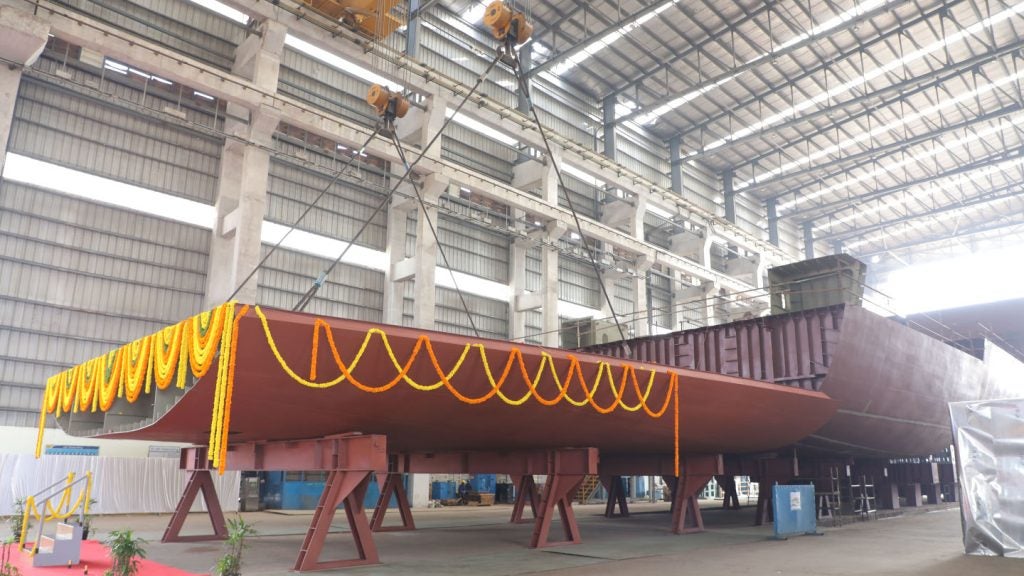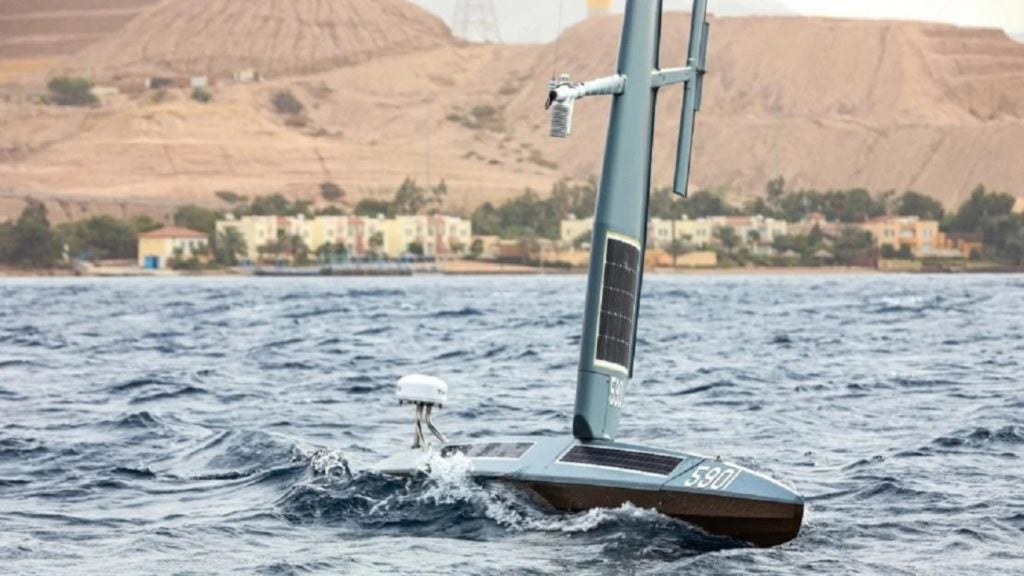The Type 901 Class fleet replenishment vessels are being built by Guangzhou Shipyard International (GSI) for the People’s Liberation Army Navy (PLAN). It is the successor of Type 903A Class replenishment ships.
The first replenishment vessel in class, Hulun Lake (965), was launched by the GSI shipyard in December 2015. The ship commenced sea trials in December 2016 and underwent replenishment-at-sea trials with a Type 071 landing platform dock (LPD) in waters of the South China Sea in the first half of 2017.
Hulun Lake was commissioned into service with the PLAN during a ceremony held at Guangzhou Shipyard in September 2017. The second vessel in class is currently under construction at the GSI shipyard with delivery scheduled for between 2018 and 2019.
The replenishment ship has a large resupply capacity and can complement and replenish a carrier battle group or a long-range task force.
Type 901 Class design details
The Type 901 Class is a state-of-the-art, new-generation resupply ship indigenously developed by Chinese designers. The large replenishment vessel is propelled by a gas turbine propulsion system to ensure an optimum speed allowing the ship to sail along with warships.
The vessel has an overall length of approximately 240m, beam of 32m and draft of 10.8m. The displacement of the vessel is more than 45,000t, which is approximately twice the tonnage of the Type-903 class replenishment vessels in service with the PLAN.
Cargo capacities of Type 901 replenishment ship
Type 901 is fitted with multiple fuelling and cargo delivery stations, including two fuelling stations and one cargo delivery station on the starboard side as well as three fuelling stations and one cargo delivery station on the port side. The stations are similar to that of the US Navy’s future class of supply vessel, the T-AO(X).
Type 901 has the capability to refuel a carrier from its port side, as well as simultaneously refuel one of the carrier’s escort ships, including a destroyer or a frigate on its starboard side. It can also carry the ammunition, fuel and supplies to support extended operations at sea.
The replenishment ship features an advanced logistics support system, compared to the old-generation tankers in service with the Chinese Navy. It allows for real-time monitoring and control of the consumption and fuel load of all types of vessels under its task group, through data links. The system automatically develops optimised refuelling plans according to the specific missions and operational characteristics at sea.
Type 901 is equipped with a number of medical stations to house patients, even though the Chinese Navy operates a fleet of hospital ships.
The helicopter deck at the stern supports the operations of heavy-lift helicopters, such as the Z-8S and Z-8JH. The ship also features two hangars at the stern to accommodate 13t-class helicopters.
Armament
The ship is armed with two H/PJ-13 close-in weapon systems (CIWS). The H/PJ-13 is the Chinese-built upgraded variant of the AK-630M CIWS. It features a stealth turret, upgraded Type 347 radar, ZGJ-1B electro-optical system and ZFJ-1A fire control system.
The CIWS protects the ship from incoming anti-ship missiles (ASMs) and other precision-guided weapons, as well as fixed and rotary-wing aircraft, small craft, coastal targets and floating mines.
Propulsion of Type 901 Class
The ship is powered by four QC280 marine gas turbine engine. Each turbine develops a maximum power output of 28MW and the propulsion system provides a maximum speed of approximately 25k.

